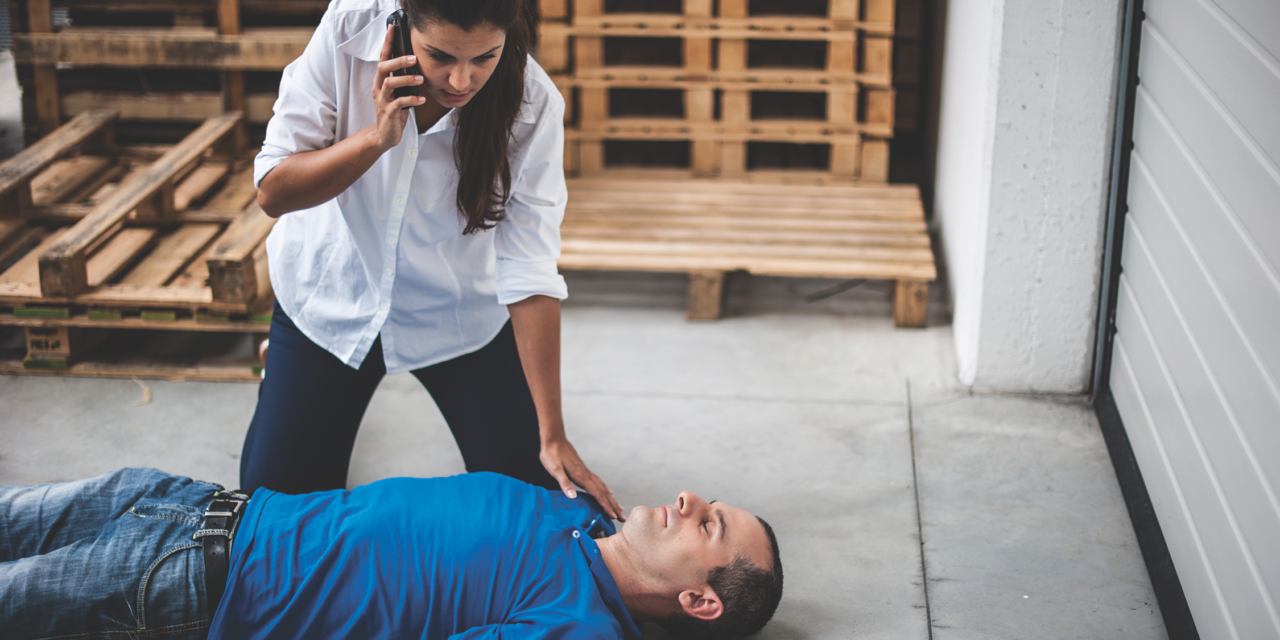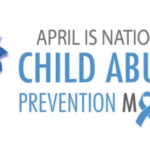Understanding the 2 Steps of Hands-Only CPR
(Family Features) Each year, 350,000 people die from cardiac arrest in the United States. However, hands-on emergency intervention like cardiopulmonary resuscitation – or CPR – from a bystander can make the difference between life and death in sudden cardiac arrest emergencies. During the first few minutes of an individual suffering a cardiac arrest, chest compressions can help keep blood flow active and push remaining oxygen through the body to keep vital organs alive, which extends the opportunity for a successful resuscitation once trained medical staff arrive.
Because 88% of cardiac arrests occur at home, it is often a friend or family member who witnesses a child, spouse, parent, or friend going into cardiac arrest. As survival can depend on how quickly CPR is started, compression-only CPR, or Hands-Only CPR, is recommended for use by people who see someone suddenly collapse at home, work, or elsewhere.
“By equipping people with Hands-Only CPR training, we are empowering them to spring into action if a loved one needs help, as the majority of cardiac arrests occur at home,” says Dr. Vijay S. Iyer, MD, PhD, Chief, Cardiovascular Medicine; Associate Professor of Medicine
Department of Medicine, Jacobs School of Medicine & Biomedical Sciences.
As part of the World Restart a Heart Day initiative, the American Heart Association aims to increase awareness about the importance of bystander CPR through its Hands-Only CPR campaign, and offers these two simple steps:
- Call 911 (or send someone to do that);
- Push hard and fast in the center of the chest of the individual experiencing cardiac arrest.
Use the beat of the song “Stayin’ Alive” by the Bee Gees, which has 100-120 beats per minute, to stay on pace with the necessary compressions.
“Efficiently performing Hands-Only CPR in the moment can mean the difference between life and death. These two simple steps can increase someone’s chance of survival from cardiac arrest,” says Dr. Iyer.
When properly executed, a series of actions can improve the chances of survival and recovery from sudden cardiac arrest. Hands-Only CPR is a critical step in the American Heart Association’s Chain of Survival, which also includes:
- Activation of Emergency Response: Recognize symptoms of cardiac arrest and call 911.
- High-Quality CPR: Push hard and fast in the center of the victim’s chest until emergency personnel arrive.
- Defibrillation: Use an automated external defibrillator (AED) to restart the victim’s heart and reset it to a healthy rhythm.
- Advanced Resuscitation: Medical professionals provide additional life-saving medical services.
- Post-Cardiac Arrest Care: Transport victim to an appropriate hospital or treatment facility to optimize survival, organ function, and neurological recovery.
- Recovery: Survivors receive additional treatment, observation, rehabilitation, and psychological support to aid in recovery and help prevent recurrent cardiac arrest.
Learn more at heart.org/CPR.












